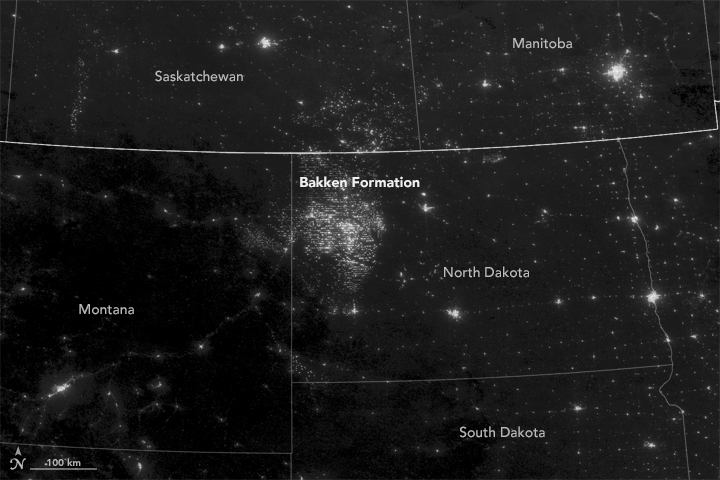Burning gas in oil fields, "routine flaring," damages the environment and wastes energy
The iconic image of the oil field is one that’s dotted with the bright orange flashes of unusable gas being “flared” away. But the routine flaring of gas contributes to global warming and wastes a valuable, non-renewable resource. So governments, oil companies, and development institutions have been signing up to a World Bank initiative that aims to end the practice by 2030.
The European Investment Bank joined the list of signatories to the Zero Routine Flaring Initiative with a letter endorsing it on 19 April. “Your initiative is consistent with the EIB’s existing commitments in the area of sustainable development and with our perspective on future developments in climate action,” wrote EIB Vice President Jonathan Taylor in a letter to the World Bank. “We are therefore pleased to endorse it.”
Vice President Taylor noted that for at least 20 years the EIB has, in effect, ruled out financing for any project that routinely flared gas. Most of the EIB’s loans to oil and gas industry projects focus anyway on gas facilities, pipelines, and storage. Nonetheless, the EIB’s letter is important because it bolsters a World Bank campaign that since April 2015 has been backed by 18 governments, 20 oil companies, and 11 development institutions.
The reduction—and eventual elimination—of routine flaring will contribute to the battle against global warming. It will also make the world’s limited resources go further.
If that sounds ambitious, it’s because the impact of routine flaring (some non-routine flaring is done for safety purposes) is far from minimal:
• flaring wastes energy equivalent to 3.5% of the world’s oil production each year
• the wasted energy is more than the amount needed to generate electricity for the entire continent of Africa. It’s equal to 20% of US gas consumption and 30% of consumption in the European Union
• the flared gas sends 300 million tonnes of carbon dioxide into the atmosphere—about 1% of fossil fuel emissions
• NASA scientists report that emissions of nitrogen dioxide from flaring contribute heavily to the deposits of sooty black carbon on Arctic ice, which absorbs heat from the sun, melting the ice caps and raising sea levels
What is routine gas flaring?
Most crude oil is extracted from within the pores of the rock deep underground. When it comes to the surface, some of it vaporises. Much of this gas is burned off, because it’s uneconomic to recompress it and use it to create energy.
Simply releasing the flammable gases—mostly methane—would be even worse than flaring. That’s because their greenhouse gas impact is greater than carbon dioxide. Even so, flaring does create massive amounts of carbon dioxide.
The biggest sources of flaring are oil fields in Russia, Nigeria, and Iraq. You can see how much flaring goes on—and where—in this visualisation:
How long will zero routine flaring take?
Some uneconomic gas could be pumped back into the ground, used to power the offshore platform where it’s found, or, if the oil well is on land, to power a small turbine for nearby residents, for example. Norway has long successfully banned all routine flaring in its extensive oil and gas fields. The issue now rests less on the technical aspects of cutting flaring, and is more to do with financial questions.

Oil companies that signed up to the World Bank’s initiative are trying to eliminate as much flaring as they can. Royal Dutch Shell’s Sustainability Report tells us that its Nigerian operation (a joint venture with the country’s national oil company, and with Total, and ENI) cut the amount of gas flared for each barrel of oil extracted by 60% between 2002 and 2013.
Nadège Hopman, an engineer who assesses petroleum industry projects for the EIB, says the oil companies are largely concerned that, if flaring is to be eliminated, they should all have to do it, so that none is left to pay for gathering the gas while others carry on flaring. That’s why it’s important to get everyone involved in the industry to sign up to the World Bank initiative, committing them to ending flaring by 2030.
“The message of the Zero Routine Flaring Initiative is clear to everyone in the industry,” says Hopman. “If flaring is your Plan A, you’d better get a Plan B.”
